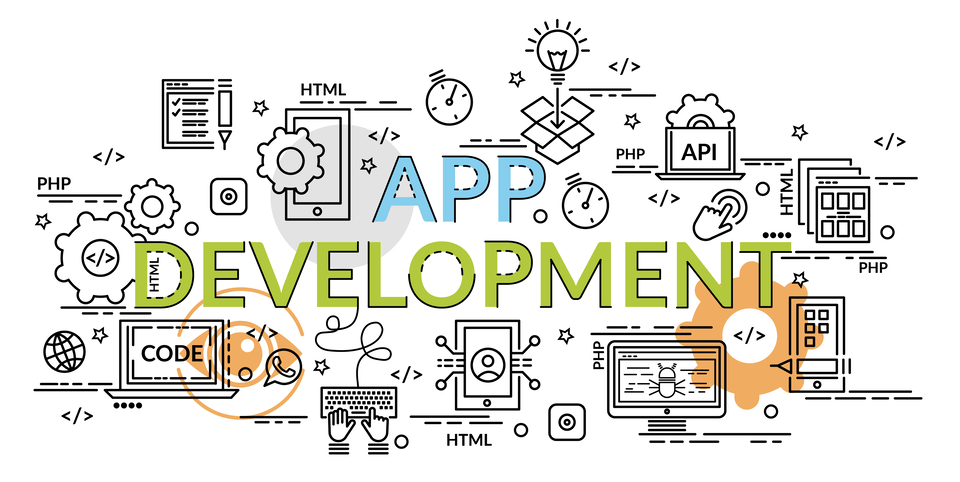It covers the configuration of deployment levels, deployment targets, and deployment triggers within TeamCity. Additionally, it may talk about methods for managing completely different deployment environments, such as growth, staging, and production. The term build can check with each the actual means of building and the result of building. After a construct is triggered, it’s positioned into the build queue and is started when a appropriate agent becomes available. After the construct is finished, the build agent sends construct artifacts to the server.
It can also be a commercially licensed device, whereas Jenkins is on the market free of value and open-source. Both TeamCity and Jenkins are fairly resourceful relating to extensibility; they provide support for RESTful APIs scalability.TeamCity has several strategies to customise and lengthen your servers. Further options exist in TeamCity to carry out interaction by way of RESTful APIs by using service messages in construct scripts and creating plug-ins.
Installation & Configuration
Then the SQL scripts will be deployed on it, following which the temporary database shall be deleted and the LocalDB occasion closed. If you want to deploy scripts on a specific server, you’ll be able to choose SQL Server mode and configure the settings within the corresponding consumer controls. JetBrains’ TeamCity gives builders reporting and insights on the fly, so they do not have to wait till a construct is accomplished to uncover issues. To help determine whether TeamCity is the proper DevOps tool for you, we will break down the software program regarding its features, pricing, execs, and cons. This part delves into the advanced construct configuration options out there in TeamCity, together with the utilization of templates to streamline construct administration.
- There is assist for multiple version management techniques and construct environments except only some.TeamCity provides more than simply the basic features of a CI software.
- Furthermore, TeamCity could require more server sources in comparison with lighter-weight CI/CD tools.
- With thousands of in-built plug-ins, Jenkins emerges not only as a code-building tool but in addition as a code-testing software.
- Now, let’s configure ‘Build Agents,’ where all the steps might be performed.
- This file incorporates settings and guidelines for producing take a look at knowledge.
- TeamCity may benefit from extra detailed sources and documentation on its API integration past simply the fundamentals.
A thriving community and open discussion discussion board are two of the many the purpose why Jenkins has a wealthy plug-in ecosystem. The device has practically 1500+ plug-ins that assist https://www.globalcloudteam.com/ the software’s build, analysis, delivery, deployment, and automation. Most of those plug-ins are community-supported and make customization easy and cost-effective.
What Tools Combine With Azure Devops?
Honestly, both TeamCity and Jenkins are quite capable CI instruments. Jenkins leads the way with its deep expertise and rich options. TeamCity takes the stage as an ‘Intelligent CI tool’ of at present. Additionally, watch these videos to find how dbForge merchandise can boost database development.
This section explores the method of integrating version control methods (VCS) such as Git, SVN, or Mercurial with TeamCity. It offers instructions on configuring VCS roots, establishing authentication, and defining VCS triggers to automatically set off builds upon code adjustments. Additionally, it could focus on best practices for managing VCS integrations and optimizing workflows for collaboration and code synchronization.
Advanced Options And Customization In Teamcity
TeamCity provides two options—Professional Server License and Build Agent License—which you can select as per your want. Throughout this article, our emphasis was on Jenkins being an open-source CI tool and TeamCity being a industrial software. TeamCity additionally what is teamcity in devops supports parallelism, but it is fairly tough for customers to implement. In TeamCity vs Jenkins, enabling the parallelism function is way less complicated in the latter.

Being a commercial software, it is licensed under a freemium license (up to 100 build configurations and 3 build agents). For enterprise-level groups, there’s the Enterprise Server license. Here, the major target is on exploring the assorted features and capabilities of TeamCity that contribute to its effectiveness in DevOps workflows. In this information, we’ve discovered how to arrange a CI/CD pipeline utilizing TeamCity, an accessible software for newbies. From launching an EC2 server on AWS to configuring construct steps, creating Docker containers, and connecting brokers, TeamCity streamlines the DevOps journey. It’s cost-effective for small tasks, making it a perfect choice for those new to DevOps.
But different instruments assist if you’re in search of a better user interface and value. The change in SDLC processes has given rise to continuous integration and delivery (CI/CD) environment, and each organization realizes its benefits. What they want, along with CI/CD, are tools supporting this concept, two of which are TeamCity and Jenkins. It is recommended to use SQL LocalDB as the Temporary database server. In this case, the LocalDB occasion might be deployed and a temporary database might be created on it.
It covers the setup of CI builds, together with defining build steps, specifying build triggers, and configuring build agents. Additionally, it might talk about superior CI pipeline configurations, corresponding to parallel builds, build artifacts, and dependency administration. These elements contribute to the general success and effectiveness of the chosen software program solution. With 1000’s of in-built plug-ins, Jenkins emerges not solely as a code-building software but also as a code-testing software. There is support for a number of version control systems and build environments except just a few.TeamCity provides more than just the essential options of a CI software. In addition, the tool allows you to build docker photographs easily, and integration with Jira and Bugzilla enables you to observe and report issues.
TeamCity’s set up and configuration are straightforward and straightforward if you follow the directions rigorously. You should download the suitable TeamCity servers and observe the documentation out there on TeamCity’s official website to complete the set up. Jenkins is a free-of-cost, open-source CI server that runs on Java. So, you’ll have the ability to simply deploy it in Linux, OpenSUSE, Windows, and other operating techniques. It assists developers in automatically constructing, testing, delivering, and deploying purposes. CD stands for Continuous Delivery, the next step to CI, which consists of an automated pipeline where developers deploy code changes from completely different staging environments right into a repository.
It is simple to make use of, integrates properly with prime developer tools and has real-time reporting. However, in case you are looking for a CI/CD tool with a bigger following for added group help and sources and discover TeamCity’s worth level too excessive, attempt considered one of its CI/CD alternatives listed above. Since it is part of the GitLab platform, the CI/CD tool integrates seamlessly with Git repositories. While not low-cost as you try to unlock superior features by way of its more premium plans, development groups may find it more wallet-friendly than TeamCity.
It covers configuring notification guidelines, defining notification channels (such as e-mail, Slack, or Microsoft Teams), and setting up customized alerting thresholds. Additionally, it might talk about greatest practices for managing notifications effectively, lowering noise, and making certain timely communication inside development groups. One of the most important execs in TeamCity’s favor is its simplicity. Many declare the automation device is simple to set up and configure, so you’ll have the ability to leap proper into using its multiple options without wasting a ton of time on onboarding. Beyond that, TeamCity’s consumer interface is also modern and intuitive, making navigation a snap.
Azure Devops Vs Teamcity
Once you choose from those two on-premise plans, you have to choose the number of construct agents you want to use to calculate how a lot the DevOps device will value. Each construct agent costs $299 for the primary yr and $149 for the second 12 months onwards. TeamCity gives you three construct agents and 100 build configurations for free. The CI/CD software also has multiple code high quality tracking features, letting you confirm adjustments, provide feedback and handle issues as they appear. Another TeamCity highlight worth mentioning is its sturdy out-of-the-box version control integrations with all of the high choices like Git, Perforce, Mercurial, Azure DevOps and Subversion.

TeamCity is a popular continuous integration and supply server developed by JetBrains. TeamCity helps numerous programming languages, version management techniques, and construct instruments, making it versatile and adaptable to different project requirements. Here, the major target is on exploring the wide selection of plugins and integrations out there in TeamCity to extend its performance and combine with other tools and methods. It discusses the TeamCity plugin ecosystem, in style plugins for enhancing CI/CD workflows, and best practices for selecting and configuring plugins to satisfy specific requirements. Additionally, it could cover integrating TeamCity with model management systems, issue monitoring systems, and third-party tools for complete automation and orchestration.
It discusses potential developments, enhancements, and innovations in TeamCity’s features and functionalities to handle rising challenges and developments in DevOps practices. Additionally, it could encourage organizations to stay updated with TeamCity’s roadmap and contribute to its evolution through feedback and collaboration with the TeamCity group. Here, the primary focus is on making certain the security and compliance of TeamCity deployments. It covers greatest practices for securing delicate knowledge, implementing access controls, and implementing authentication and authorization mechanisms inside TeamCity. Additionally, it discusses methods for sustaining compliance with trade regulations and standards, similar to GDPR or HIPAA, and conducting regular safety audits and assessments. Here, the major focus is on sensible steerage for organising deployment pipelines in TeamCity.
